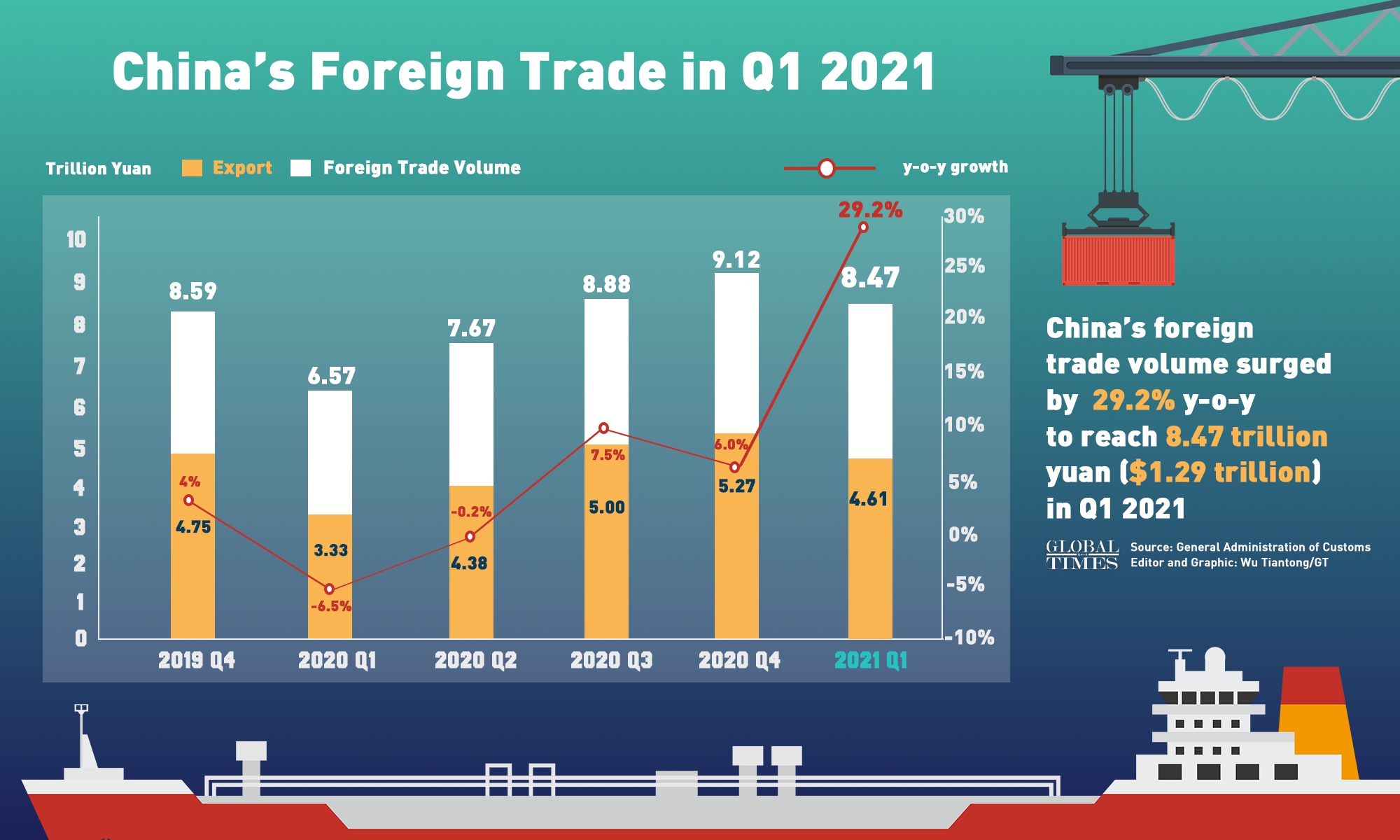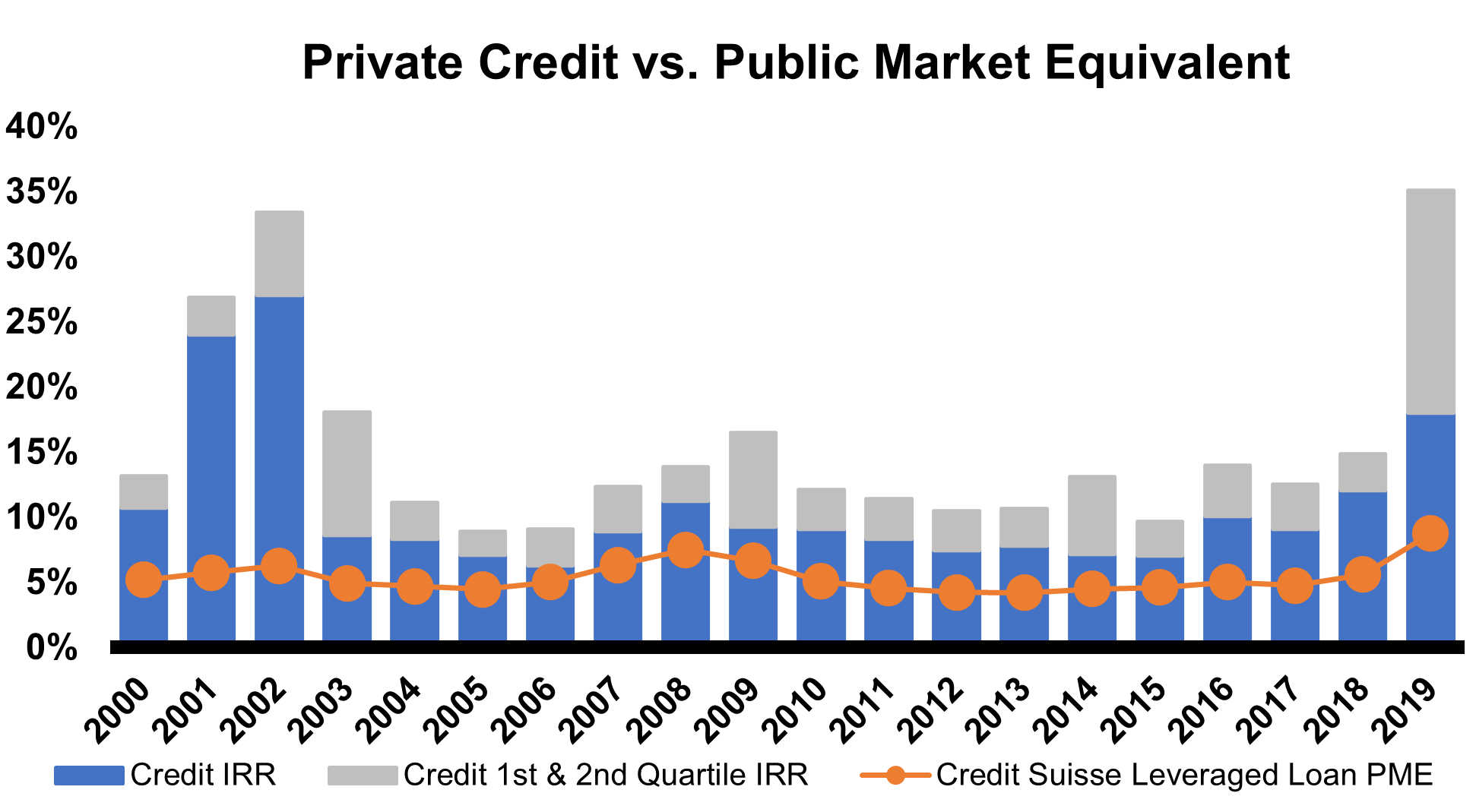China's Export Dependence: Vulnerability To Tariff Hikes

Table of Contents
The Magnitude of China's Export Dependence
China's economy is deeply intertwined with global trade, showcasing a significant reliance on exports. Understanding the magnitude of this dependence is crucial to assessing its vulnerability to external factors.
Export Share in GDP
China's export-oriented economy is evident in its high percentage of GDP derived from exports. For years, exports have contributed substantially to GDP growth. While the share has fluctuated, it remains considerably higher than that of many other major economies.
- 2010-2020: The export share of China's GDP averaged around 18-20%, significantly higher than the average for developed economies.
- Year-over-year comparison: Fluctuations in global demand directly impact this share, highlighting the economy's vulnerability. A decline in global demand can lead to a sharp drop in export revenue and subsequently, GDP growth.
- Trade Surplus: China consistently maintains a significant trade surplus, reinforcing its reliance on exporting goods to fuel economic growth. This surplus, however, can also create friction with trading partners who may view it as unfair trade practice.
Key Export Sectors
Several key export sectors drive China's export-oriented economy. These sectors represent a significant portion of global trade, making their performance vital for China's economic health.
- Electronics exports: China is a global leader in electronics manufacturing and export, holding a substantial market share in smartphones, computers, and other electronics.
- Textile exports: Despite competition, China remains a significant player in textile exports, contributing substantially to the overall export volume.
- Manufacturing exports: China's vast manufacturing sector is a crucial engine for exports. This includes everything from machinery and automotive parts to consumer goods. This diversification within manufacturing, however, masks the concentration risk within specific sub-sectors.
Geographic Distribution of Exports
China's export markets are geographically concentrated, creating a dependency risk. Over-reliance on specific regions makes it vulnerable to changes in those regions’ import policies.
- US-China trade: The United States has historically been a major export market for China, but trade tensions and tariff hikes have significantly impacted this relationship.
- EU-China trade: The European Union also represents a substantial export market for China, but economic fluctuations and potential trade barriers in Europe could pose significant challenges.
- Trade diversification: While China has diversified its export markets, it still exhibits a considerable concentration risk, highlighting the need for further diversification to mitigate risks associated with over-reliance on specific regions.
Impact of Tariff Hikes on China's Economy
Tariff hikes imposed by other nations directly and indirectly impact China's economy, creating ripple effects throughout its various sectors.
Direct Effects on Export Revenue
Tariffs directly reduce export revenues and profitability for Chinese companies, impacting their competitiveness in global markets.
- Tariff impact: Increased tariffs on Chinese goods lead to higher prices for consumers in importing countries, potentially reducing demand.
- Export revenue: Reduced demand directly translates into lower export revenues for Chinese companies, squeezing profit margins.
- Price competitiveness: Tariffs can diminish China's price competitiveness, making it harder to compete with producers in other countries.
Indirect Effects on Domestic Industries
The reduced export demand from tariff hikes has significant indirect effects on domestic industries, potentially causing economic slowdown.
- Supply chain disruption: Reduced export orders lead to underutilized production capacity, impacting companies throughout the supply chain.
- Domestic demand: Decreased export-oriented production can lead to job losses and reduced domestic demand, creating a negative feedback loop.
- Unemployment: Factory closures and reduced production result in job losses, impacting workers and communities dependent on those industries.
Government Response Mechanisms
The Chinese government has implemented various strategies to mitigate the negative impacts of tariff hikes. However, the long-term effectiveness and sustainability of these measures are debatable.
- Government intervention: The government has provided subsidies to affected industries and attempted to stimulate domestic consumption.
- Economic stimulus: Fiscal and monetary policies have been employed to boost economic activity and offset the negative impacts of tariff hikes.
- Trade negotiation: China actively participates in trade negotiations to resolve trade disputes and reduce trade barriers. The effectiveness of these measures remains to be seen.
Strategies for Reducing Export Dependence
China needs to actively pursue strategies to reduce its export dependence and achieve more sustainable and balanced economic growth.
Promoting Domestic Consumption
Boosting domestic consumption is a critical strategy to lessen reliance on exports for economic growth.
- Domestic consumption: Policies aimed at increasing disposable income and fostering consumer confidence are essential.
- Economic diversification: A focus on developing a strong domestic market reduces vulnerability to global economic fluctuations.
- Successful strategies: Examining successful strategies implemented by other countries, such as South Korea's focus on innovation and domestic consumption, can provide valuable lessons for China.
Developing High-Value-Added Industries
A shift towards higher technology and innovation-driven industries is crucial to reduce vulnerability to price-based competition.
- Technological innovation: Investing in research and development to foster innovation and create high-value products.
- High-tech industries: Focus on developing expertise and competitiveness in industries like artificial intelligence, biotechnology, and renewable energy.
- Value chain upgrading: Moving up the value chain to produce higher-margin products reduces dependence on low-cost manufacturing.
Strengthening Regional Trade Agreements
Diversifying export markets through regional trade agreements can reduce dependence on specific countries.
- Regional trade agreements: Actively participating in and negotiating regional trade agreements to create new market access opportunities.
- Trade liberalization: Promoting free trade and reducing barriers to trade can create more balanced trading relationships.
- Multilateral trade: Engaging in multilateral trade negotiations to establish a more predictable and stable global trading environment.
Conclusion
China's significant export dependence presents a considerable vulnerability to external shocks, particularly tariff hikes. The impact extends beyond reduced export revenue, affecting domestic industries and overall economic growth. Addressing China's export dependence is crucial for long-term economic stability and resilience. China needs to proactively implement strategies to diversify its economy, promote domestic consumption, develop high-value-added industries, and strengthen regional trade agreements. Further research and policy implementation are needed to ensure a more sustainable and balanced economic future. Ignoring the issue of China's export dependence risks jeopardizing its economic stability and global standing.

Featured Posts
-
 Land Your Dream Private Credit Job 5 Crucial Dos And Don Ts
Apr 22, 2025
Land Your Dream Private Credit Job 5 Crucial Dos And Don Ts
Apr 22, 2025 -
 Judge Rules Against Section 230 Protection For Banned Chemicals On E Bay
Apr 22, 2025
Judge Rules Against Section 230 Protection For Banned Chemicals On E Bay
Apr 22, 2025 -
 Joint Effort South Sudan And Us Partner On Deported Citizens Repatriation
Apr 22, 2025
Joint Effort South Sudan And Us Partner On Deported Citizens Repatriation
Apr 22, 2025 -
 Kyiv Faces Trumps Ukraine Peace Plan A Ticking Clock
Apr 22, 2025
Kyiv Faces Trumps Ukraine Peace Plan A Ticking Clock
Apr 22, 2025 -
 Fsus Post Shooting Class Resumption Plan A Controversial Decision
Apr 22, 2025
Fsus Post Shooting Class Resumption Plan A Controversial Decision
Apr 22, 2025
